
What is Bright Indirect Light? The Tropical Gold Standard
Types of Indirect Lighting for Plants. There are three basic levels of indirect light: bright, medium, and low: Bright indirect light (over 500 ftc) is typically found near a south, east, or west facing window. Houseplants should be shielded from direct sunlight by a sheer curtain or the dappled shade from outdoors.

Indirect natural light YouTube
The light inside your house does not compare to the intensity of direct sunlight outdoors. Nonetheless, many indoor plants manage just fine with indirect sunlight. The indirect natural light that pours onto a windowsill can be more than enough to feed a growing plant.

indirect light Light, Decor, Living spaces
Indirect Light. In indirect light, there is NOT a direct path from the sun to your plant. Indirect light reflects off another surface before hitting your plant.. But outside, plants receive natural light from all angles whereas the only source of natural light for indoor plants might be a window or two. Window Orientation (The Direction Your.
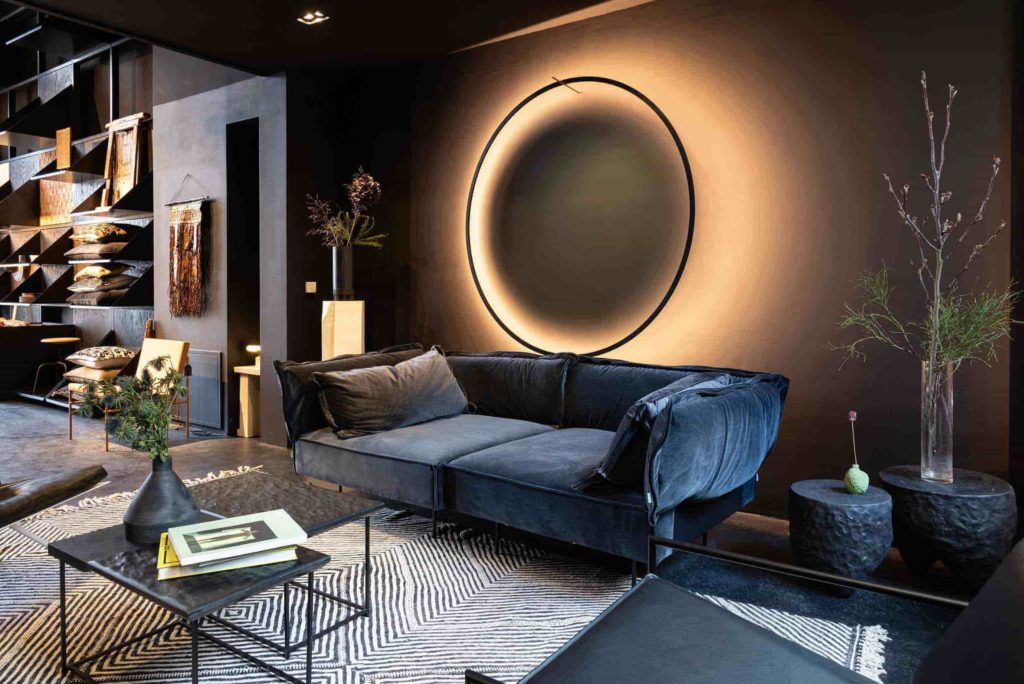
How to Arranged Indirect Lighting for a Brighter Room
Bright indirect light means indirect light (light where the sun isn't shining directly on the plant's leaves) of intensity over 3,000 lux (300 fc). Most house plants need bright indirect light to grow well and be happy and healthy. But if you give them stronger bright indirect light (over 10,000 lux or 15,000 lux = over 1,000 or 1,5000 foot.

Indirect Lighting ubicaciondepersonas.cdmx.gob.mx
Commonly referred to as task lighting, direct illumination utilizes the light source aimed directly at the item or area it is intended to illuminate. Indoor spaces that lack or are void of natural light can benefit from indirect illumination's ability to create a comfortable light that eases eye strain. Indirect light is also ideal for spaces.

Indoor Lighting Standards Best Design Idea
Indirect light helps plants to grow better by providing them with the correct wavelengths of light. Bright indirect light creates an intensity closer to natural sunlight, which is vital for plants that need to photosynthesize. Multiple Reflectors. This is the most common method for creating indirect light with grow lights for most plants.
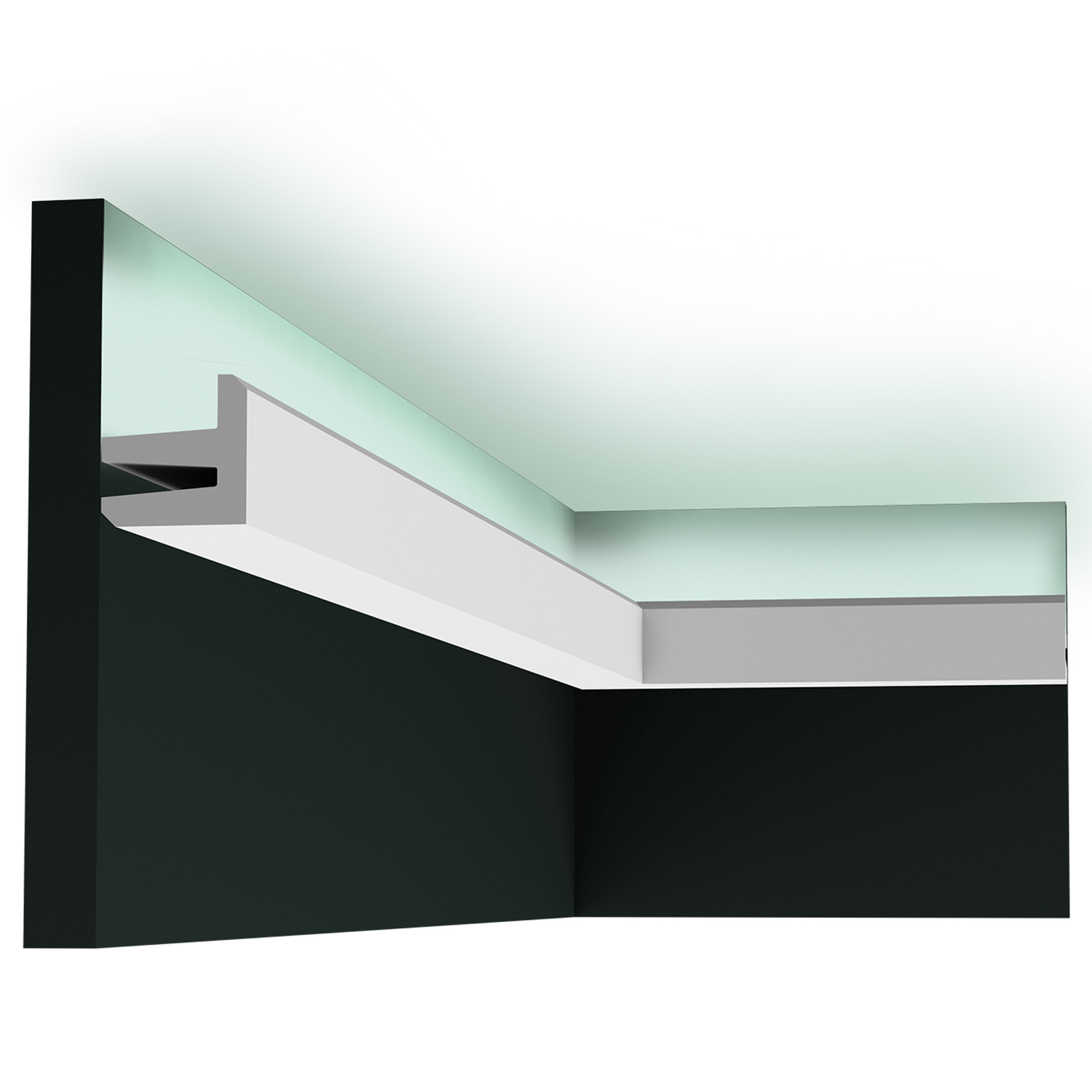
INDIRECT LIGHTING Lanitis Aristophanous
Here is the basic foot-candle measurement: 200-500 foot-candles: Low light intensity, almost deep shade, inappropriate for most plants. 500-1,000: Still low light intensity, but bright enough to read by, like the natural light of an ordinary room, good for shade-loving plants. 1,000-2,000: Bright but indirect sunlight, may not produce a.
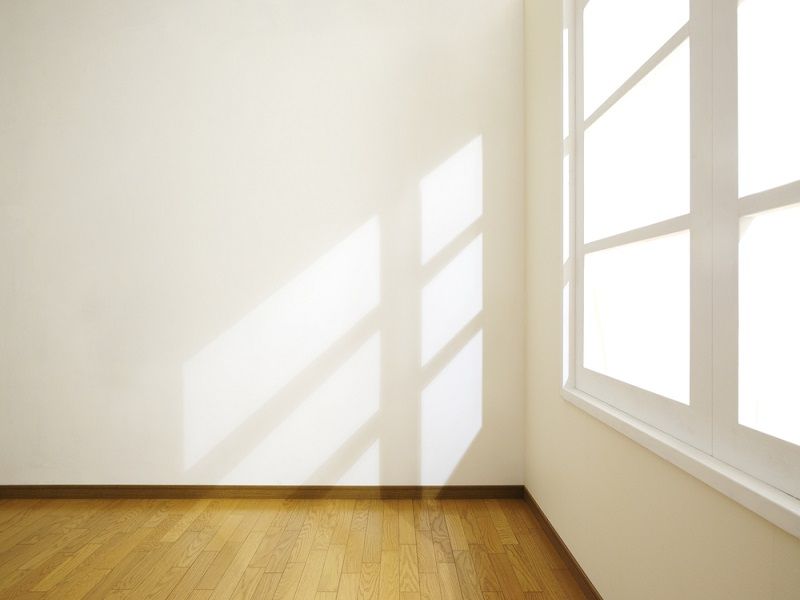
Indirect Light Examples in Daily Life StudiousGuy
Direct light: This is a straightforward concept; your plant is receiving sunlight that is direct and unobstructed. The key here is unobstructed. If you think about it you will realize how many things get in the way of direct sunlight. These could be houses, branches, or anything that is above the plant. Indirect light: This is where your indoor plant is in an environment that is filled with.
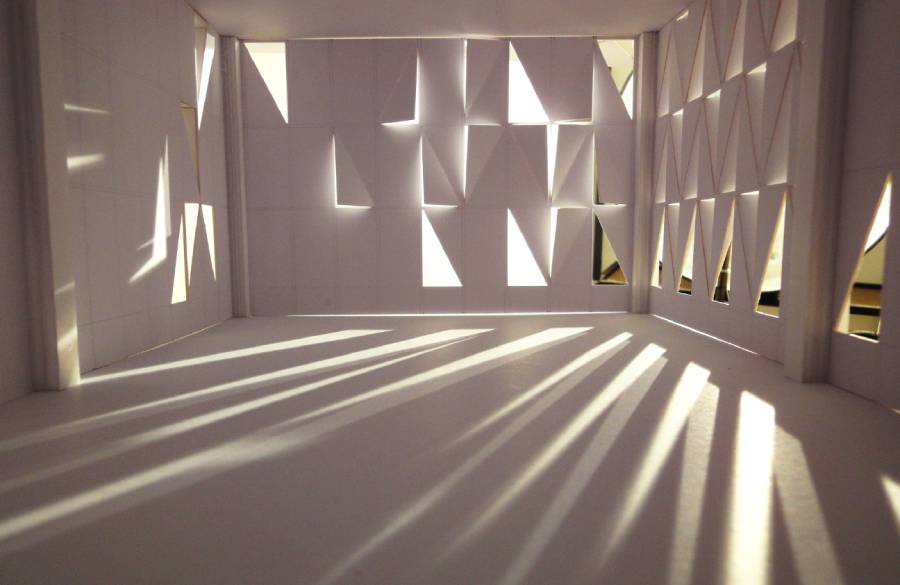
Architecture with Light 10 Examples of Innovative Use of Natural Light
Indirect sunlight means the sun's rays are obstructed or refracted by structures such as trees and buildings before reaching the plant. If you measure the light intensity using a light meter, values ranging from 1076.39 to 5381.96 lux are considered indirect sunlight. Indoor plants need varying light intensities to thrive.
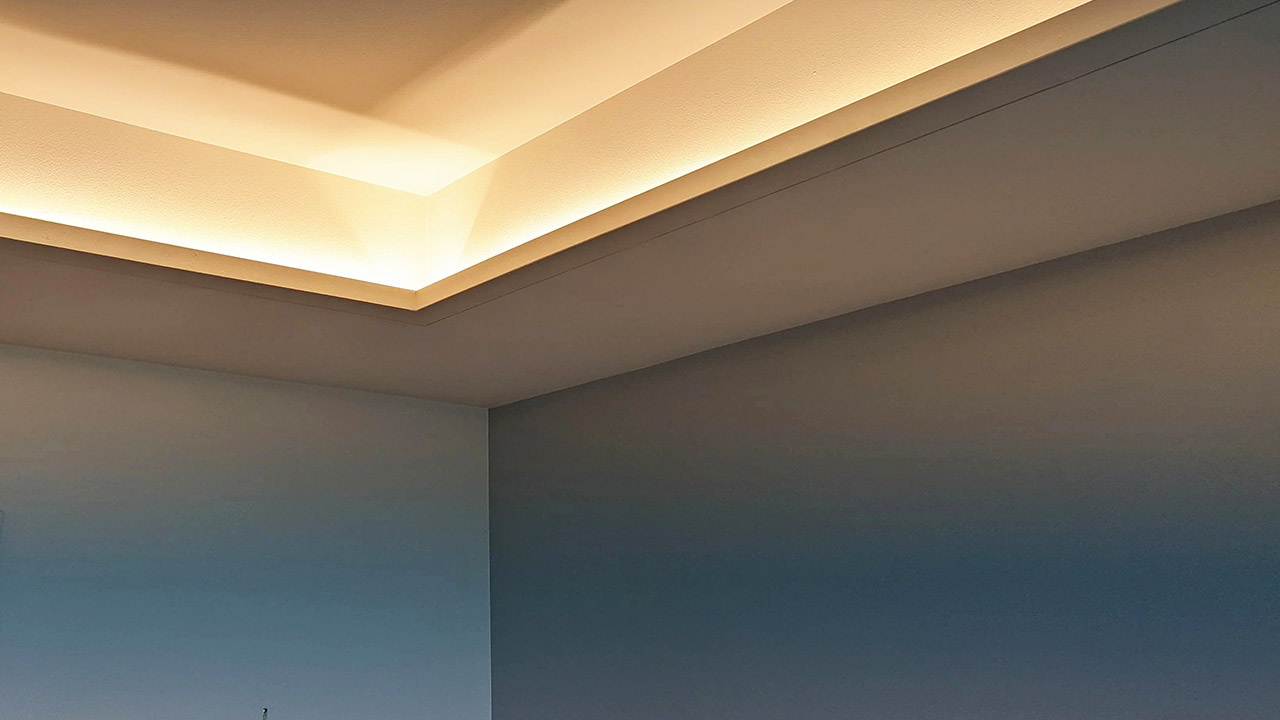
What Is Indirect Lighting? Lighting Portal
Windows facing the north can have maximum exposure to natural light without the heating effect and, thus, the energy inefficiency inside a house. The converse is true for homes in the southern hemisphere. All windows and other mediums of exposure should be insulated so that direct and indirect natural lighting optimization is efficient.
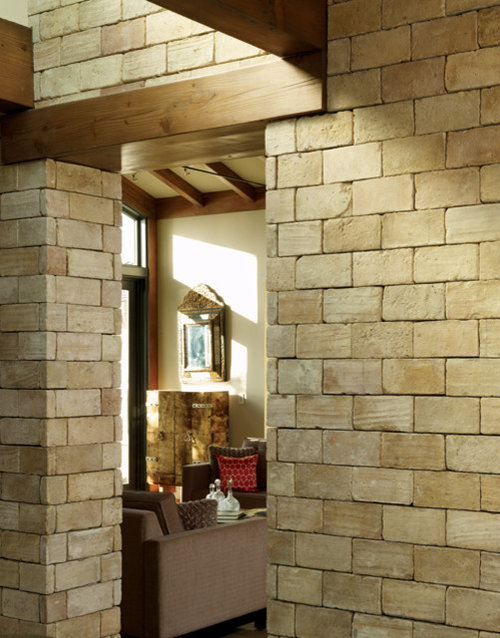
Indirect Natural Light Ideas, Pictures, Remodel and Decor
In reality, the majority of natural light in your home is indirect - after all, the Sun can only be on one side at a time. Much like a stray ball bouncing off (or going through) a window, the process of hitting the surface weakens the intensity of the light rays to varying degrees. Depending on the strength of the initial strike and the.
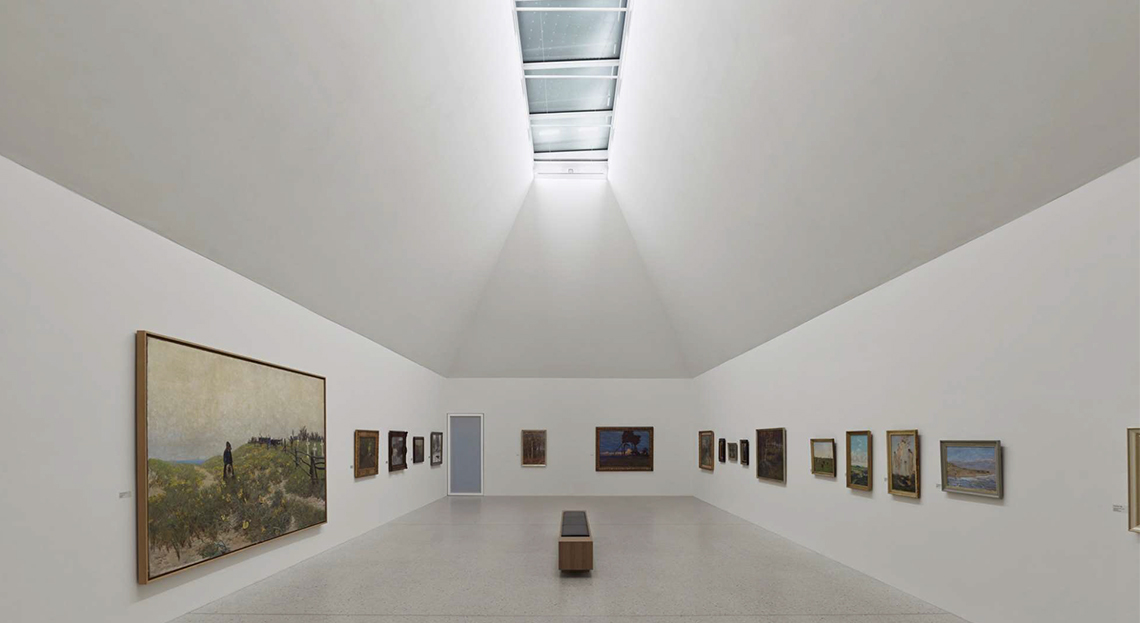
【EL01】Where the magic happens Integrating natural and artificial light
Bright indirect light mimics this natural setting, shielding your plants from the scorching and bleaching effects of intense sunlight. So, say goodbye to sad, damaged leaves and hello to vibrant green foliage! Minimizing Heat Stress. Sunlight not only brings the light, but it also brings the heat. And that can be a real problem for houseplants.

Pin by MiKraDesign on Indirect lighting Indirect lighting, Lighting
The indirect natural light that flows through a window ledge can be quite enough to feed a flowering plant. You can boost sunlight with exceptional indoor lights invented to provide warmth and UV rays. When possible, still, let natural sunlight into your house to give indoor plants natural light since artificial light has its limitations..

indirect lighting architecture Google 搜索 Interior architecture
Indirect sunlight refers to the natural light that reaches the plant by bouncing off other surfaces,. Indirect light is in the 25- to 1,000-foot-candle range at midday,.
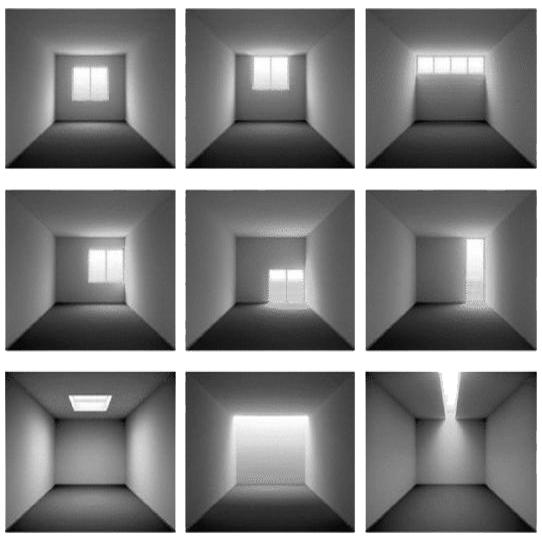
Daylight Amalgamation of Direct and Indirect Sunlight and Skylight
Analysis for natural light: If the average indirect light is above "Good for Growth", then expect good growth; If the average indirect light is at or below "Minimum for Maintenance", then don't expect strong growth; If the duration of direct sun is above the "Tolerance of Direct Sun", then block it with a white sheer curtain

10 Examples of Innovative Use of Natural Light in Architecture
Sometimes natural light is not enough to provide your plants with bright indirect light. This can be the case, for example, in winter when the days are shorter and darker. Or if you are in a room without windows or with very little natural light. In such cases, you can use some tools and devices to enhance or supplement natural light.